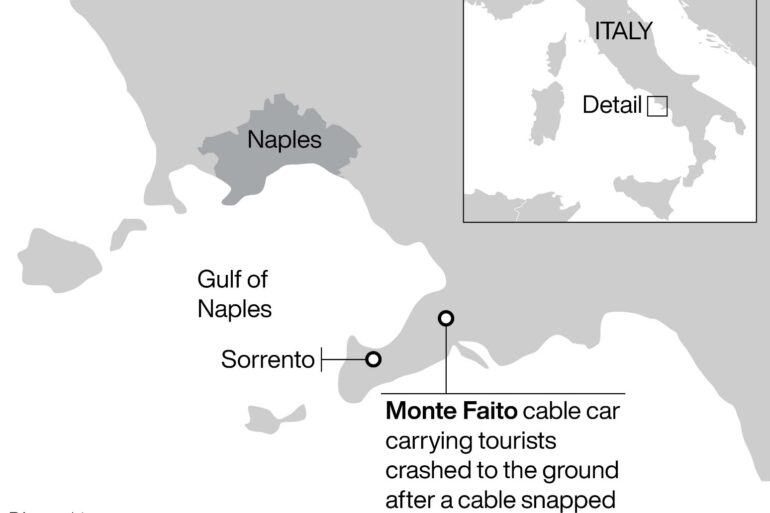-
 play_arrow
play_arrow
Kl 1 Radio Local radio for west Norfolk
-
 play_arrow
play_arrow
KL DISCO KL Disco Playing Disco Music from the 70's onwards.24/7
-
 play_arrow
play_arrow
KL COUNTRY KL COUNTRY Playing New and Classic Country Music 24/7
-
 play_arrow
play_arrow
KL ROX KL ROX The best of New and Classic Rock.24/7
-
 play_arrow
play_arrow
KL SUMMER Summer Vibes 24/7 from KL1 Radio across West Norfolk
-
 play_arrow
play_arrow
KL CLASSICAL Your Symphony Starts Here
-
 play_arrow
play_arrow
KL CHILL Just Chill!
-
 play_arrow
play_arrow
KL POP The Best POP Hits all day Long!
-
 play_arrow
play_arrow
KL XTRA KL XTRA
music_note

Scientists have hailed the “exciting” discovery of a type of porous material that can store carbon dioxide.
The research, published in the journal Nature Synthesis, saw a team led by scientists at Heriot-Watt University in Edinburgh create hollow, cage-like molecules with high storage capacities for greenhouse gases like carbon dioxide and sulphur hexafluoride.
Sulphur hexafluoride is a more potent greenhouse gas than carbon dioxide and can last thousands of years in the atmosphere.
Dr Marc Little, who jointly led the research, said: “This is an exciting discovery because we need new porous materials to help solve society’s biggest challenges.
“For example, direct air capture of carbon dioxide is increasingly important because even when we stop emitting carbon dioxide, there’s still going to be a huge need to capture previous emissions that are already in the environment.
“Planting trees is a very effective way to absorb carbon, but it’s very slow. So we need a human intervention – like human-made molecules – to capture greenhouse gases efficiently from the environment more quickly.”
The researchers used computer simulations to accurately predict how molecules would assemble themselves into the new porous material, a method which Dr Little said could be further enhanced in future through the use of artificial intelligence (AI).
He said: “Combining computational studies like ours with new AI technologies could create an unprecedented supply of new materials to solve the most pressing societal challenges, and this study is an important step in this direction.
“If you’re able to use AI tools to predict those quicker and more accurately then we can really accelerate the rate at which we can discover these new types of porous materials without actually having to make any of them in the lab beforehand.”
Dr Little described the study as an “important step” to developing other materials, and added that molecules with complex structures could also be used to remove toxic compounds known as volatile organic compounds from the air and could play an important role in medical science.
He said: “We see this study as an important step towards unlocking such applications in the future.”
As well as scientists at Heriot-Watt, the study involved researchers from the University of Liverpool, Imperial College London, the University of Southampton, and East China University of Science and Technology.
The project was funded by the Engineering and Physical Sciences Research Council and the Leverhulme Trust. It was also supported by the research facility Diamond Light Source, the University of Southampton, the European Union’s Horizon 2020 research programme and the Royal Society.
Published: by Radio NewsHub

Similar posts
Upcoming shows

Weekend Back Trax
6:00 am - 8:00 am

Kelvin Scott – Weekend Breakfast
8:00 am - 11:00 am

Tom Green – Classic Hit Lunchtime
11:00 am - 1:00 pm

Darren Furzey – Classic Hit Weekend
1:00 pm - 3:00 pm

Lee Vincent – Classic Hit Saturday
3:00 pm - 6:00 pm
Message Us
Copyright The Mediasite UK - 2025








